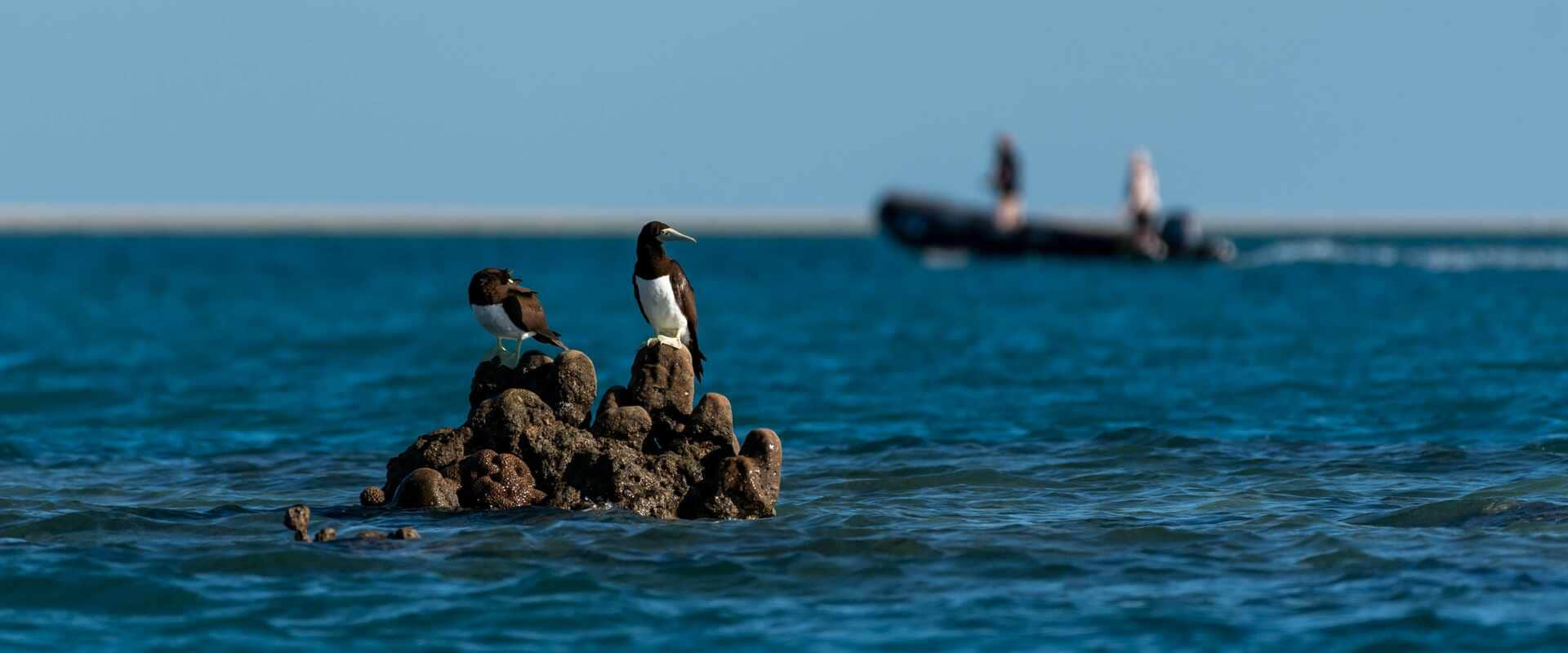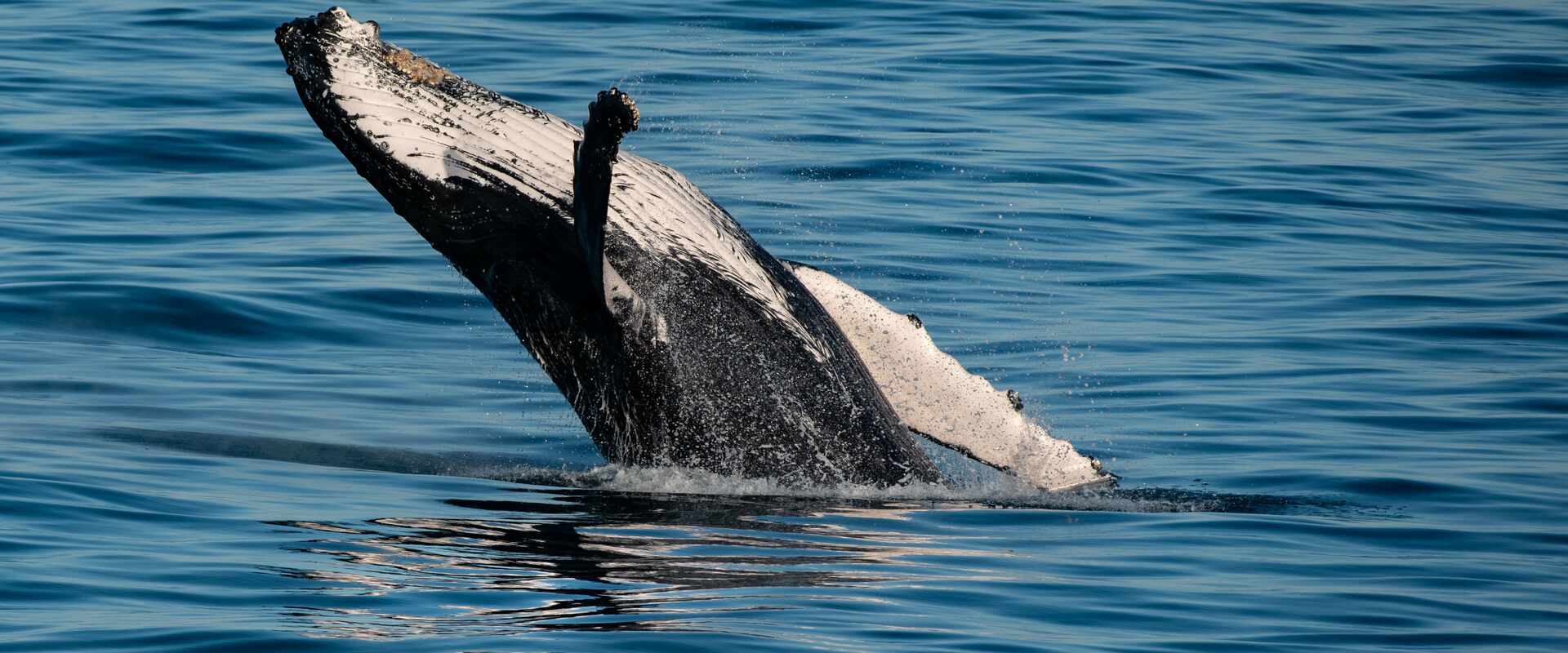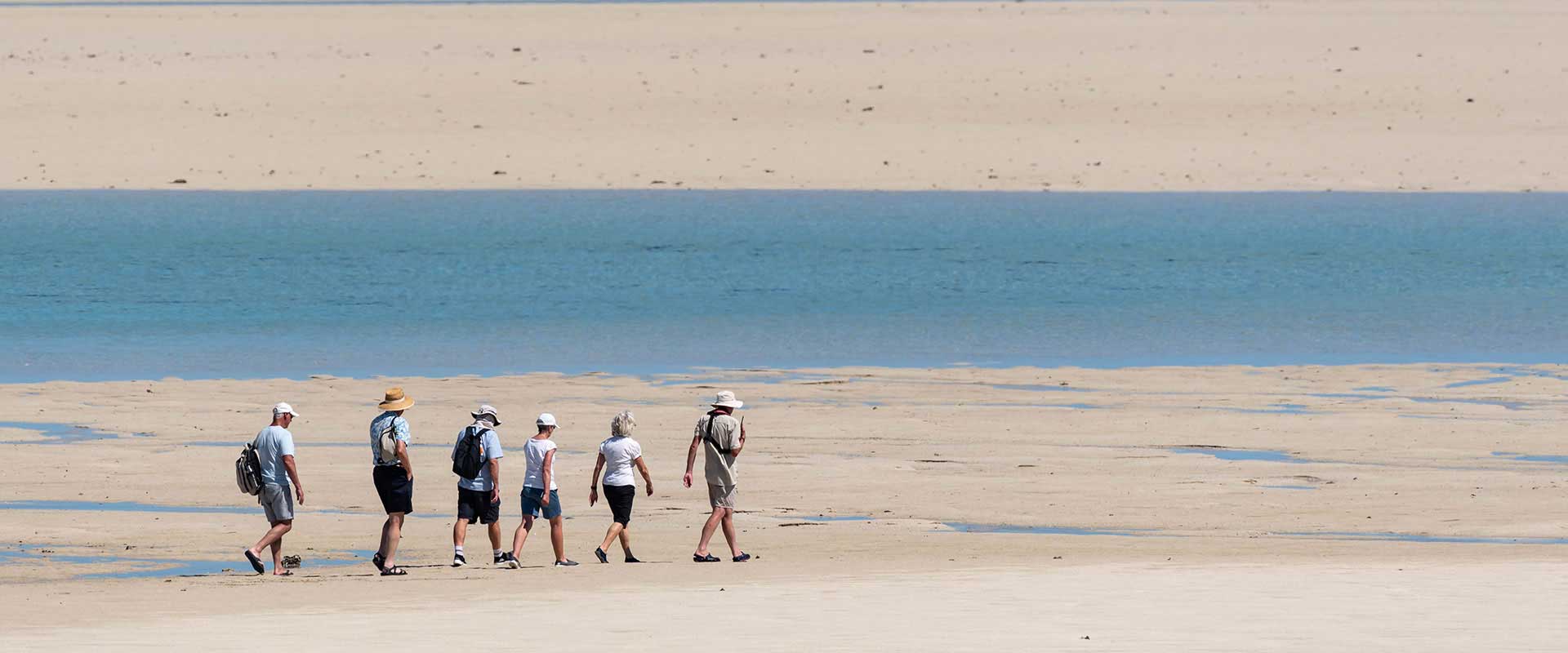Discover Kimberley's Adele Island
There are dozens of amazing sights on Western Australia’s Kimberley Coast, but Adele Island is one of the true pearls, writes Natasha Dragun.
Of Australia’s 8,000-plus islands, Adele is probably among the least known and least visited. Which is saying nothing of its bountiful natural assets, criss-crossing the land as well as the sea and the sky. The reason this speck of land, about 100 kilometres north of Ardyaloon off the Kimberley coast in Western Australia, flies under the radar is because it is such an important and fragile ecosystem. This is a place where access is restricted to scientific researchers and marine biologists – plus a very select number of visitors arriving on expedition ships.
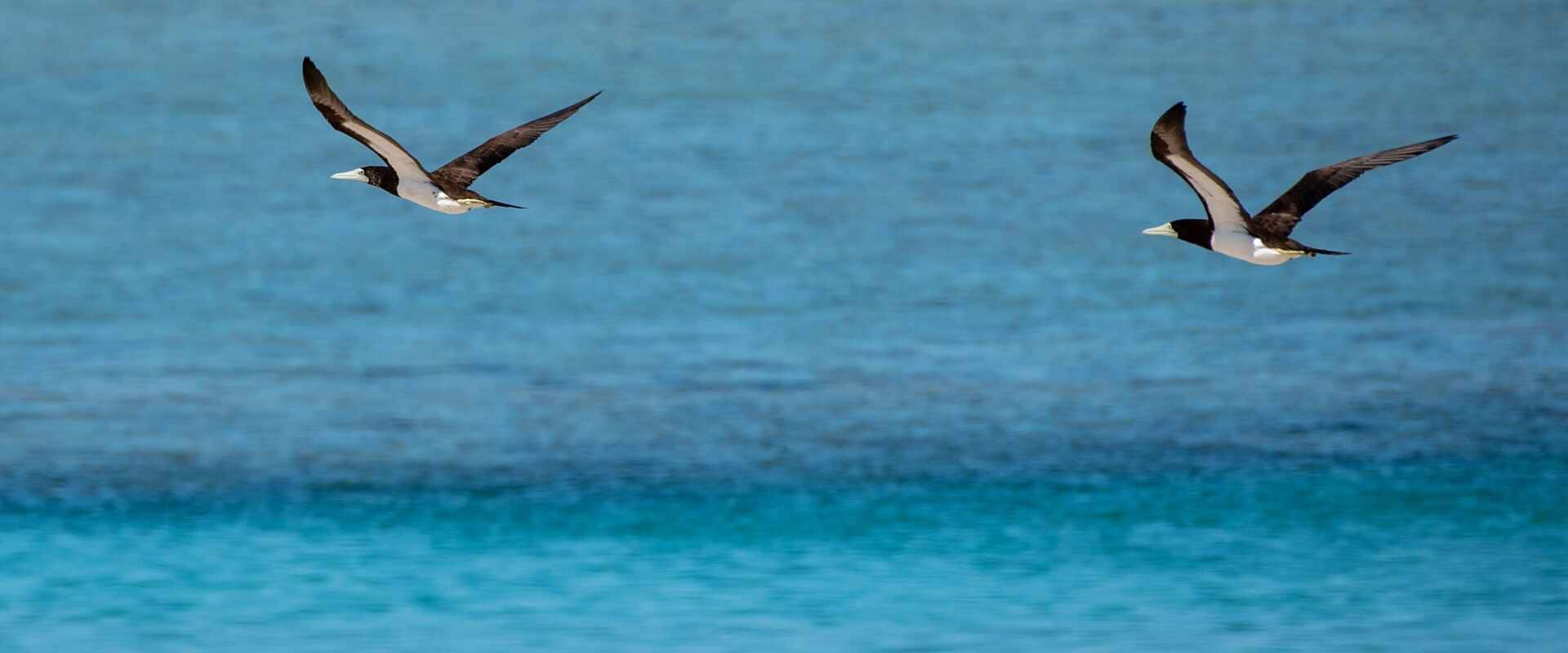
The Kimberley region as a whole is one of the world’s last wilderness frontiers, a dramatic union of rugged ranges, soaring gorges, towering limestone cliffs and a long, isolated coastline dotted with more than 2,500 islands. It’s the gateway to some of Western Australia’s greatest attractions, from Aboriginal rock art dating back tens of thousands of years to Horizontal Falls, Mitchell Plateau and Montgomery Reef. It’s also the site of many important floral and faunal biospheres, including those found on and around Adele.
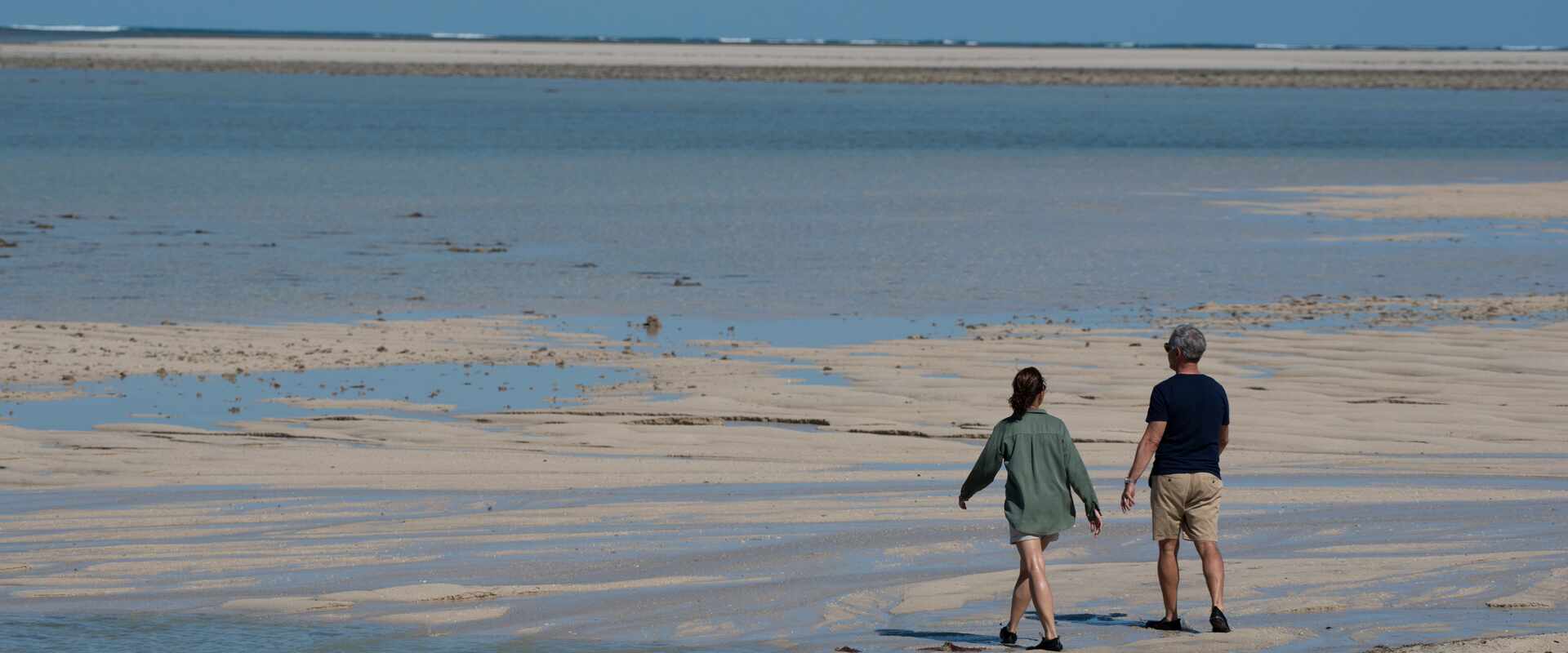
Think of Adele as the Indian Ocean equivalent of the Galapagos, although on a much smaller and less publicised scale. While the Ecuadorian archipelago of “tame” wild animals comprises numerous islands, Adele is a single, fish-hook-shaped cay. Despite its petite size – just 217 hectares (you can walk across it in around 20 minutes) – the low-lying island and its surrounding waters support a staggering variety and quantity of wildlife. Ringed by sandbanks that extend up to 25 kilometres from its shore at low tide, Adele sits over a limestone platform creating a massive lagoon that is a feeding and breeding ground for humpback whales, huge rays and green turtles.
This marine environment is also an extremely significant setting for
free-living coral colonies that occur as unattached, rolling, living rocks, known as
rolloliths. Recent research into these unique formations indicates that coral growth around the island began some 400,000 years ago, at about the same time oceanographers believe the
Great Barrier Reef began to sprout.
Given their isolation, it’s perhaps unsurprising that the tidal flats of the
Kimberley coast support the largest populations of
migratory shore birds in Australia. Which means that the rare visitor here will be surrounded by
thousands of majestic winged creatures, from breeding cormorants and Australian pelicans to the lesser frigatebird, brown- and maskedfooted boobies, grey-tailed tattlers and red-necked stints; you’ll also find critically endangered eastern curlews and curlew sandpipers.
The island’s unusually dense growth of beach spinifex, combined with saltwater couch grass and lantern flowers, provide just the right amount of protection for birds to build nests and raise chicks. It really is a twitchers’ paradise, and a place where you can be swept up in the flutter of a thousand wings as birds take flight in search of food or to find a mate.
Small wonder
the entire island is classified as an Important Bird Area, was declared a Nature Reserve in 2001, and is part of the 75,000-square-kilometre
Kimberley Commonwealth Marine Reserve. The reserve is an immense marine area that links the Kimberley coast with the
Camden Sound Marine Park,
a hotspot for mammals including snubfin and bottlenose dolphins, and dugongs.
These designations were the only impetus the country’s Department of Environment and Conservation needed to embark on a campaign to eradicate the island of its only known predators of native birds: Polynesian rats, likely introduced by a shipwreck or early exploration. Running for almost two decades,
the eradication program has been remarkably successful, which means that
Adele’s bird populations continue to flourish, providing a rare glimpse into a pocket of the world that few people ever get to experience.


